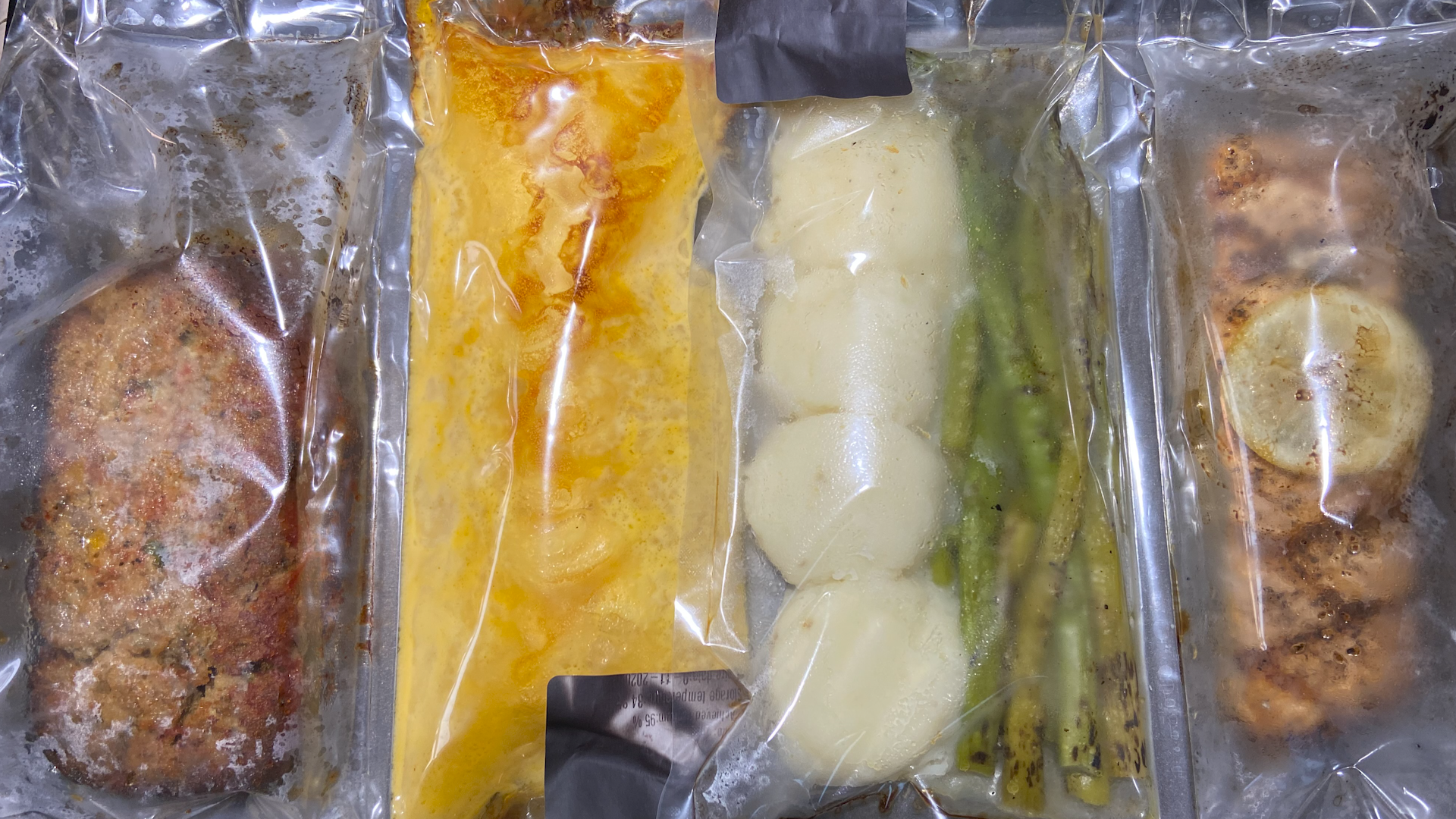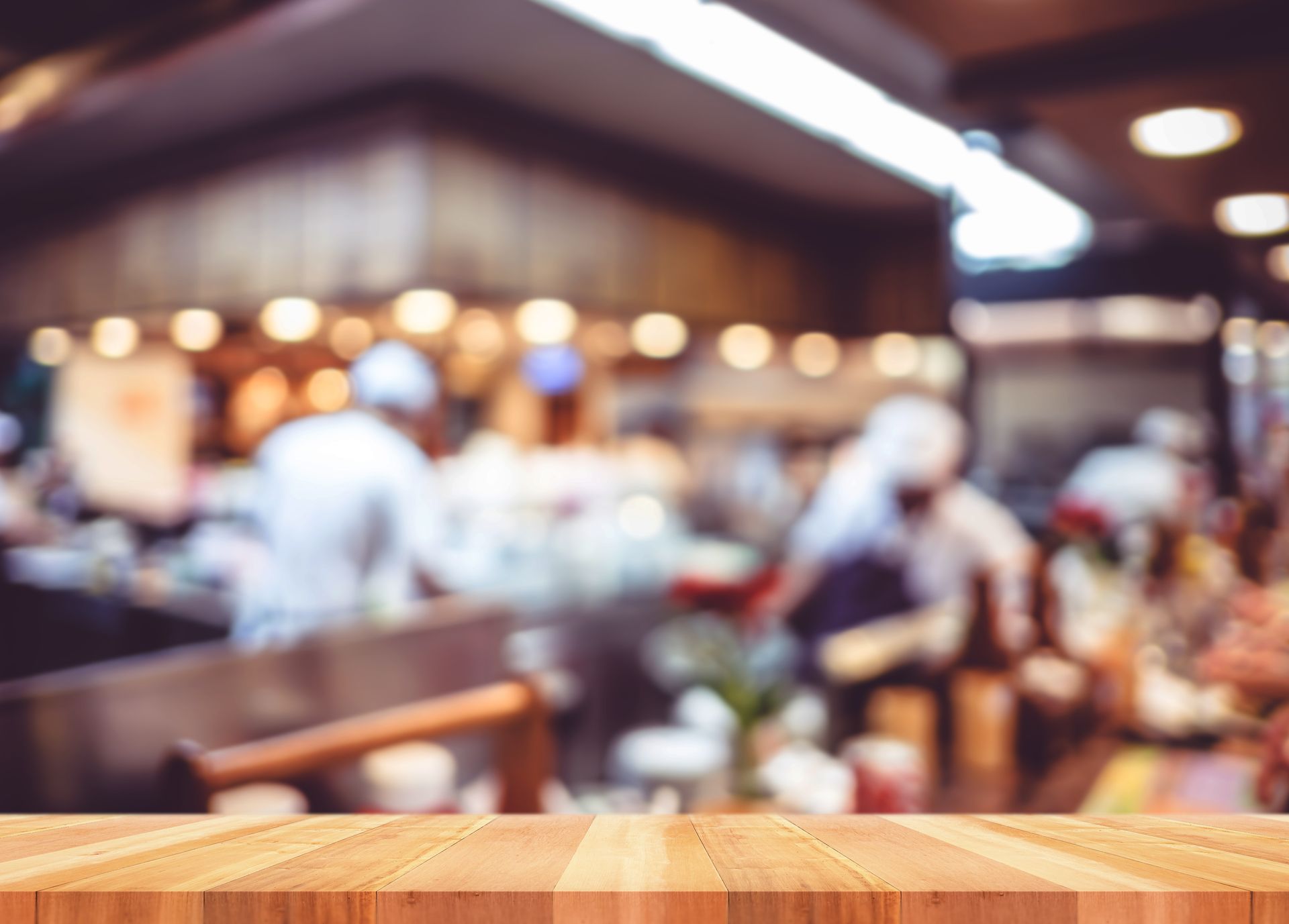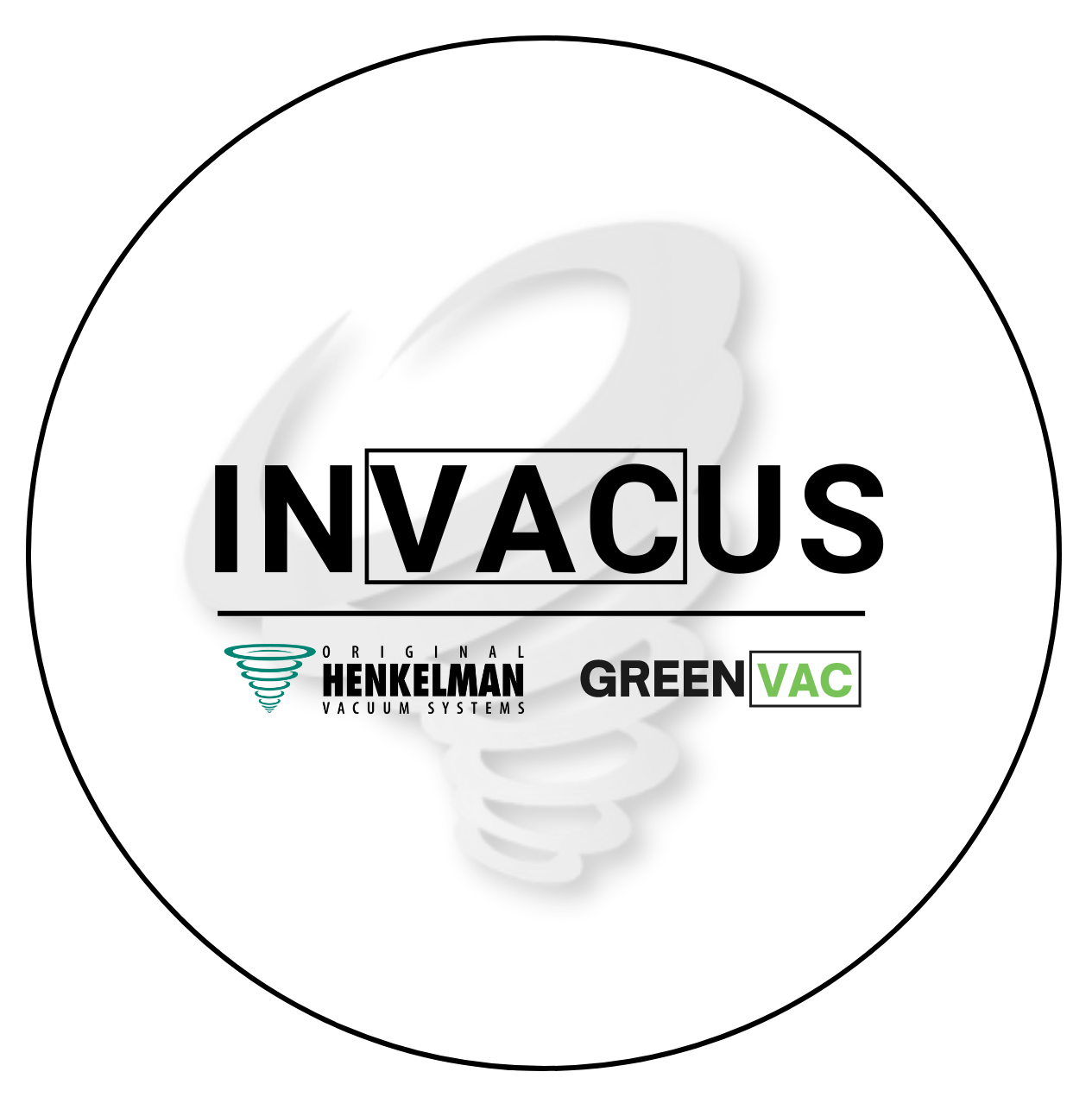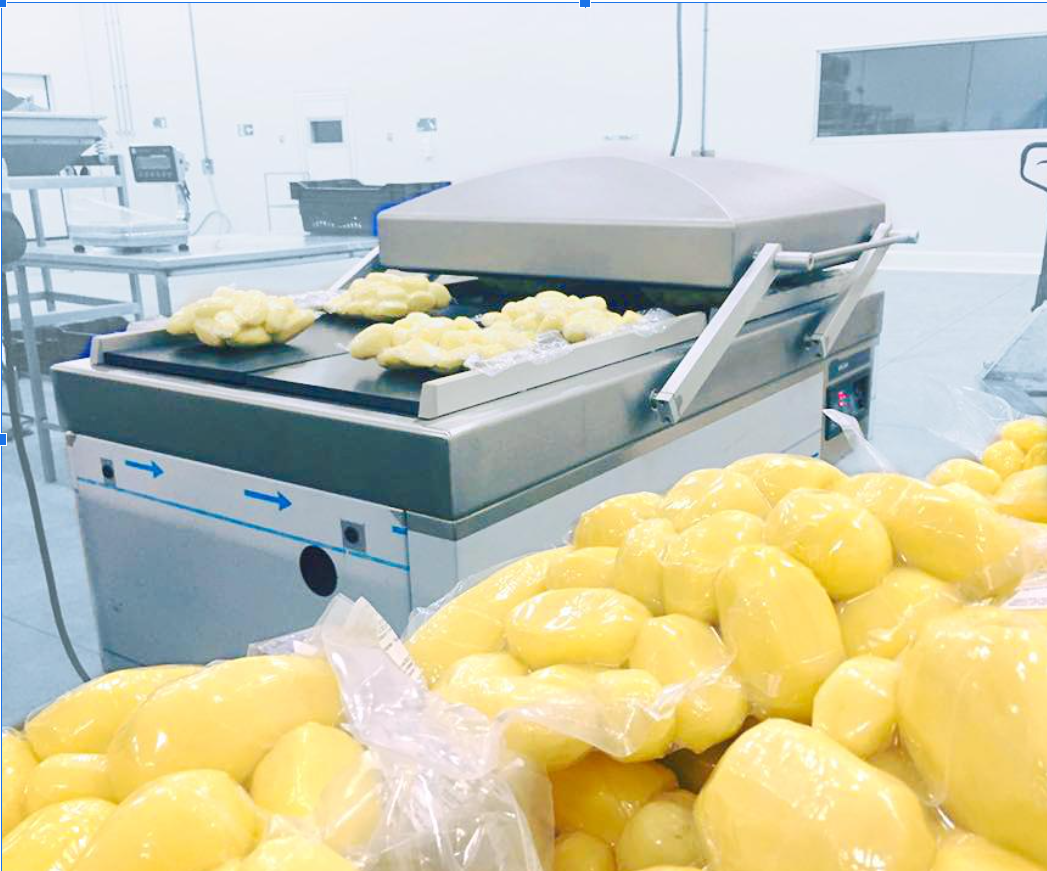How to Use the GreenVAC Vacuum Packaging System for Bulk Prepping Chicken Skewers

Intro:
The GreenVAC Vacuum Packaging System is the perfect tool for bulk prepping chicken skewers for your next catering event! This system is easy to use and helps to keep your food fresh and sanitary. In this blog post, we will show you how to use the GreenVAC Vacuum Packaging System to prep chicken skewers for your next big event!
Making Chicken Skewers
To start, you will need to gather all of the necessary supplies. For this project, you will need:
- GreenVAC Vacuum Packaging System
- Henkelman Chamber Vacuum Sealer
- Chicken
- Vegetables
- Skewers
- cutting board
- knife
Once you have gathered all of your supplies, it is time to start prepping!
To begin, you will need to cut your chicken and vegetables into small pieces. We recommend using a cutting board and knife for this step.
Once your chicken is cut into small pieces, it is time to start skewering! Simply take one piece of chicken and thread it onto the skewer. Alternate between vegetables and chicken. Repeat this process until all of the chicken skewers are full.
Prepping Chicken Skewers with a GreenVAC Vacuum Packaging System
Once all of the chicken skewers are full, it is time to start vacuum packaging them.
To do this, simply place the skewers into the GreenVAC Vacuum Packaging System and press the start button on your Henkelman unit. An industry-best 99.8% vacuum seal helps to keep your chicken skewers fresh and sanitary until you are ready to cook them.
That's it! You are now ready to cook your chicken skewers for your next catering event. Thanks to the GreenVAC Vacuum Packaging System, prepping chicken skewers for later use or transport has never been easier!
For more information on the GreenVAC Vacuum Packaging System, or to purchase one for yourself, visit our website today. Thanks for reading!
Video Transcript:
Another possibility with the green vac technology is full prep so instead of using vacuum bags we can use the GreenVAC system to actually prep skewers for example vacuum seal them for a later date. Large parties coming into the restaurant you have prep you have inventory ready to go. Quite simply, close this amazing lid gently push down and with our external vacuum adapter. we pull the whole pan vacuum up to 99.8 – try that with your hotel pan it's not going to work. Two options to close it -push down if you're too far away from your unit or hit the stop button on our combivac panel. I’m watching the increase of the pressure how much air we're actually extracting precisely so i stopped this vacuum at 99.8. To release if you would need it right now. just squeeze the nozzle, silicon nozzle gently lift this durable lid back off and we can go straight to the oven.
GreenVAC Vacuum Packaging Systems are perfect for on the go prep.




